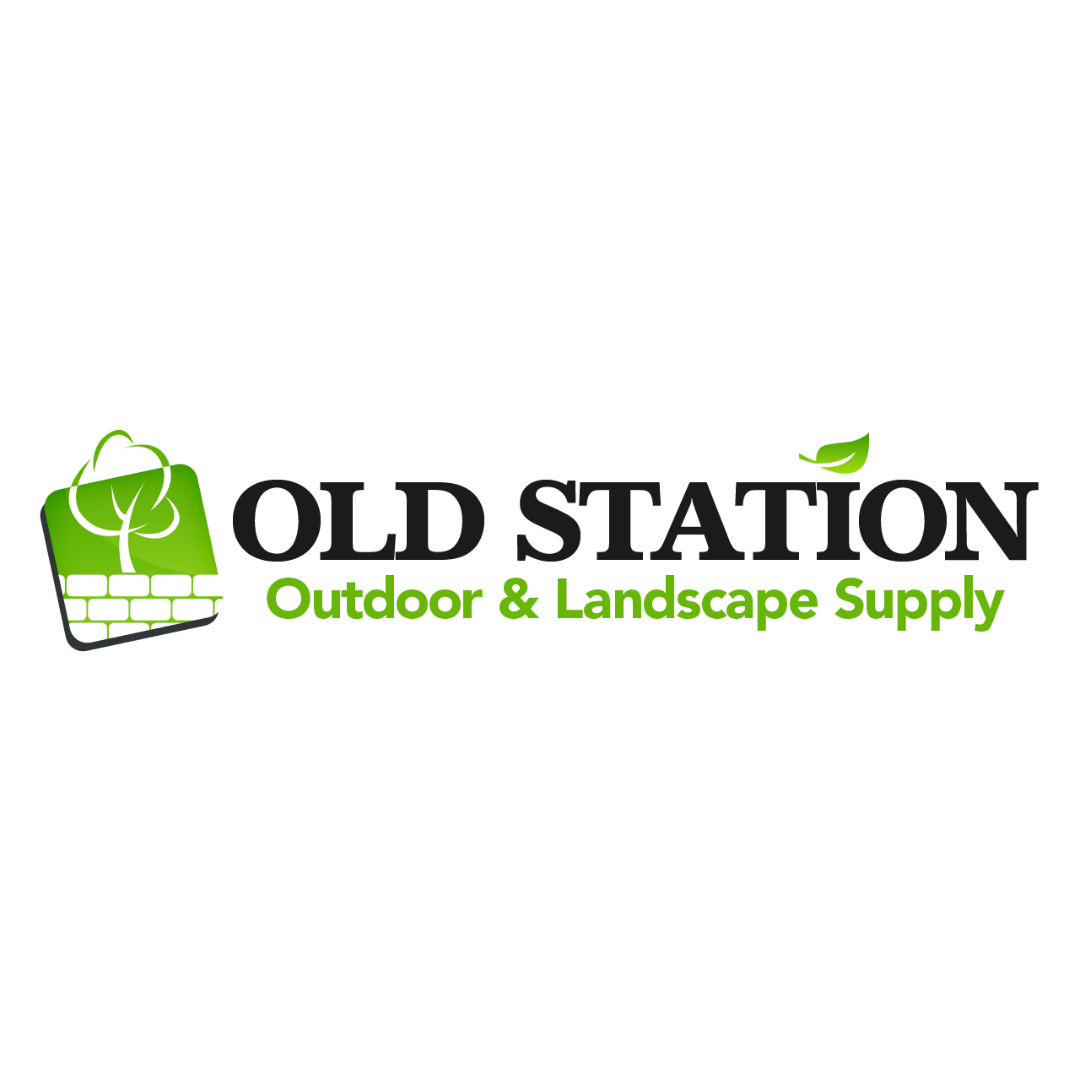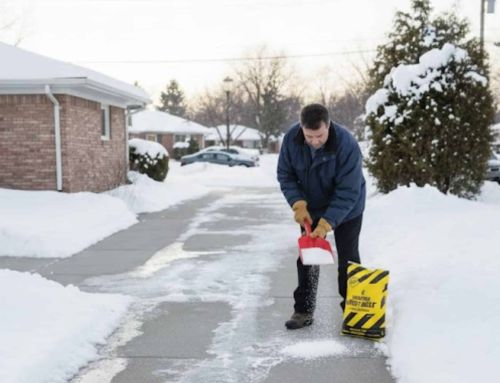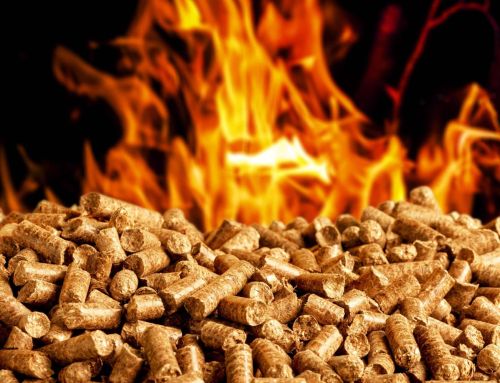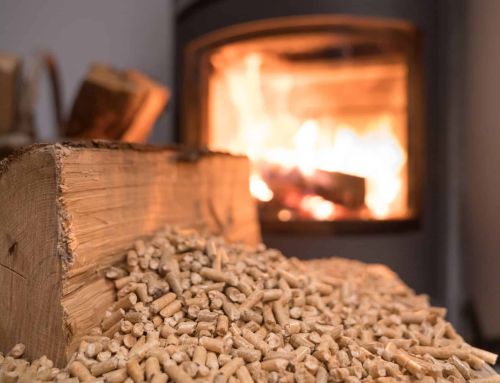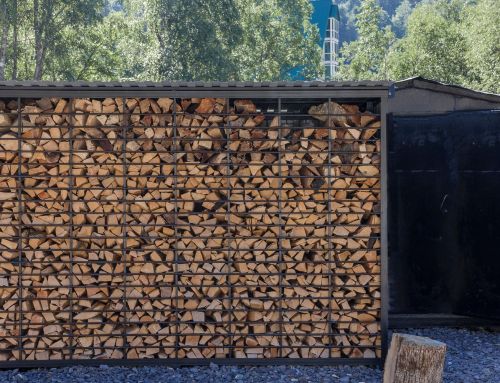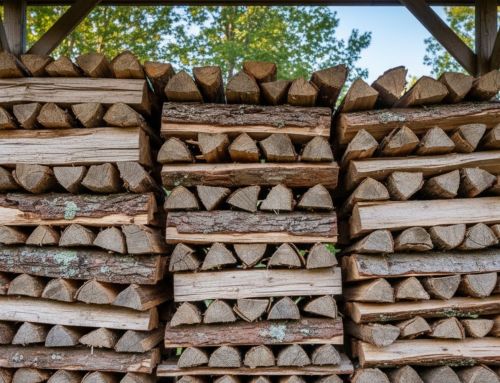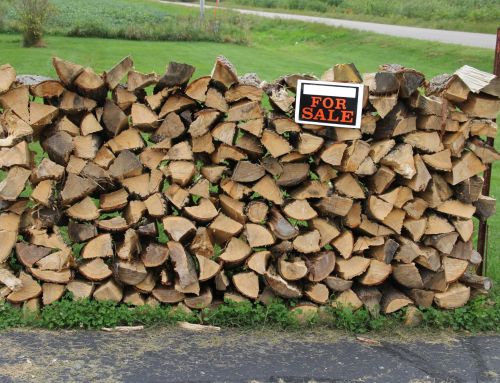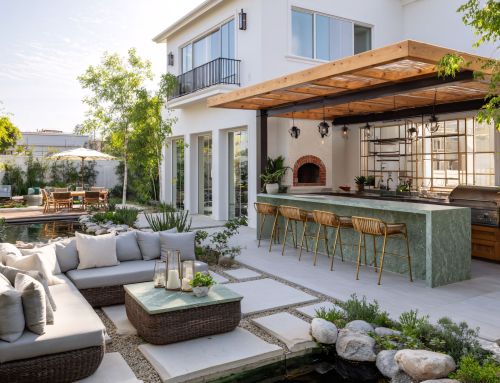Aggregates are a broad category of materials that includes stone, sand and gravel. Stones can be used as functional or decorative elements, sand and gravel is used when preparing to lay patio stones to level the ground and provide drainage.
Loam and mulch are used in flower beds and when planting trees to improve water retention and beautify your lawn.
Let’s look at these various types of materials and how they are used around your home.
Stone/Gravel
Whole stone and crushed stone or gravel can be used in several different ways around your home. They come in a variety of sizes and compositions appropriate for each job. Crushed stone gravel – like 3/4” bluestone – can be used as driveway fill, as a base layer for laying patio stones, and when finely crushed, even added to concrete to give it additional strength.
Higher grade stones like 3-5” round river pebbles can function as a comfortable walking surface around your pool or as a decorative fill for rock gardens, succulent beds or around trees to aid drainage.
There are a wide variety of stone products available to meet all your needs. They include both crushed stone, stone dust, decorative stones and base materials.
Sand
Whether it’s used to fill your kid’s sandbox, as fill around patio stones, or within your concrete mix, sand has many functions within your hardscaping, landscaping and home improvement projects.
There are several grades of sand, and each has a place in your outdoor space. Concrete sand or washed sand are perfect for underlayment when placing your patio stones and in concrete or stucco mix. Higher grade cleaned sand is excellent material to provide a clean play area for the kids. Masonry sand is ideal for mason work, plastering, as an above-ground swimming pool base and many other uses.
Loam
Loam is a mixture that contains relatively equal parts of sand, silt and clay. If the soil has slightly more of one of these elements, it is referred to as “sandy” loam, silt loam or clay loam. It is used as garden fill and is good at retaining enough water to keep plants hydrated, with enough drainage to prevent root rot.
Loam is the best all-around soil for gardening, it’s ideal to keep your lawn’s consistency and help correct any bald patches on your lawn. A good loam will also include compost. As compost slowly decays, it releases nutrients that enrich the soil. It also creates natural pockets that provide necessary freedom, air, and water for the roots to thrive.
Mulch
Mulch is composed of decaying leaves, bark or compost and is spread around the base of trees and in flower beds as both a decorative element (it’s available in different colors and materials) but also inhibits weed growth and can keep soil moist during periods between rain or watering.
All the mulches we sell at Old Station Supply are bark mulch. Here are the benefits of bark mulch:
- Bark contains waxes that shed water, increasing moisture content in the soil.
- Bark maintains it’s color longer then wood mulch.
- Mulches that do not contain bark have a high carbon -nitrogen ratio. This means that wood mulches could rob your soil of nitrogen, a primary nutrient important for plant growth and survival.
- Bark mulch increases the level of phosphorus and potassium in soil. These macronutrients are important for the survival of plants.
Conclusion
Aggregates, loam and mulch have a number of uses around your outdoor space. They include practical uses like decorative mulch and gravel and function uses like loam or crushed gravel for base layer and drainage when laying patio stone.
Here at Old Station Outdoor & Landscape Supply we carry a full range of bulk landscape & hardscape materials, including a wide variety of stones, gravel, sand, loam and mulch. If you have any questions about which material is the right choice, give us a call! We’re always glad to help!
